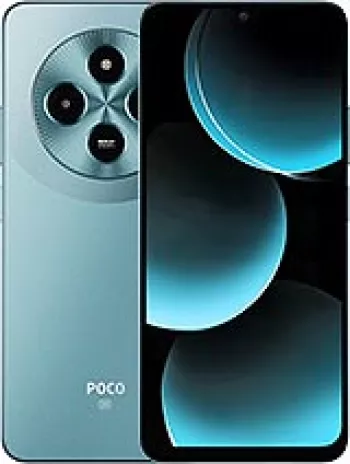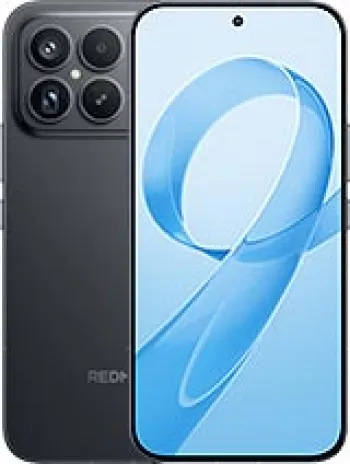
Introduction to Xiaomi Mi 2A
The Xiaomi Mi 2A is a smartphone that was launched in 2013, marking an important development in Xiaomi's lineup of mobile devices. While it has since been discontinued, it remains a significant part of the company's history. Known for its reasonable price and solid performance at the time of release, the Mi 2A stood out among its peers in the budget smartphone category. In this article, we'll explore its specifications, design, hardware, software, and much more in detail.
Design and Build
The Xiaomi Mi 2A sports a classic design with dimensions of 133 x 66.5 x 9.5 mm, making it comfortable to hold and use with one hand. Weighing 133 grams, the phone is reasonably light, allowing for ease of handling. It features a mini-SIM slot, which was standard for phones in this era. The front panel is black, while the back panel is available in four different color options, offering some degree of customization to the users.
Display
The smartphone is equipped with a 4.5-inch IPS LCD screen with a resolution of 720 x 1280 pixels and an aspect ratio of 16:9. This results in a pixel density of approximately 326 ppi, which delivers clear and vibrant visuals. The display is suitable for general usage, providing decent viewing angles and color reproduction, especially for a device in its category at the time of release.
Performance and Hardware
Under the hood, the Xiaomi Mi 2A is powered by the Qualcomm Snapdragon S4 Pro chipset, featuring a dual-core CPU clocked at 1.7 GHz. Coupled with an Adreno 320 GPU, the device provided robust performance for everyday tasks, gaming, and multimedia use during its time. However, it comes with 1GB of RAM, which today might seem limited, but was adequate for running Android 4.1 Jelly Bean smoothly.
Storage
The phone comes with 16GB of internal storage, which is typical for smartphones from its period. However, one of its limitations is the absence of a microSD card slot, which means users cannot expand the storage capacity. This can be a drawback for users who require more space for apps, media, and other data.
Camera Capabilities
On the rear, the Mi 2A hosts an 8MP main camera with f/2.0 aperture and autofocus capabilities. It also features an LED flash for improved low-light photography and supports HDR. The main camera can record video at 1080p@30fps, which was impressive for its class at the time. The front houses a 2MP camera capable of shooting videos at the same resolution and frame rate, offering options for video calling and selfies.
Battery Life
The Xiaomi Mi 2A is powered by a 2030 mAh removable Li-Ion battery. This capacity ensures sufficient longevity for a full day’s worth of moderate usage, including calling, browsing, and casual gaming. The advantage of having a removable battery allowed users to carry a spare and replace it easily, extending the device's life span significantly.
Connectivity and Networking
In terms of network capabilities, the Mi 2A supports GSM and HSPA technologies, providing compatibility with 2G and 3G bands, including GSM 850/900/1800/1900 and HSDPA 900/1900/2100 frequencies. It offers data speeds up to HSPA 21.1/5.76 Mbps. For wireless connectivity, the phone is equipped with Wi-Fi 802.11 b/g/n, Wi-Fi Direct, and hotspot capabilities. Additional connectivity features include Bluetooth 4.0 with A2DP, GPS with GLONASS, NFC, FM radio, and microUSB 2.0 with OTG support.
Additional Features
The Mi 2A comes loaded with a variety of sensors such as an accelerometer, gyro, proximity sensor, and compass. These sensors enhance the user experience by enabling features such as auto-rotate, gaming functionalities, and more precise geographic navigation.
Sound and Audio
The device includes a loudspeaker and a 3.5mm headphone jack, ensuring compatibility with various audio accessories. This is an advantage for users who prefer using traditional wired headphones and earphones.
Software Experience
Xiaomi Mi 2A runs on Android 4.1 Jelly Bean, layered with Xiaomi's MIUI interface. Despite being an older version of Android, Jelly Bean was stable and offered good performance with smooth transitions and intuitive interface customization options offered by MIUI.
Conclusion
The Xiaomi Mi 2A, though discontinued, within its context, was a reasonably powerful and feature-rich device for its time. It offered a solid build, satisfactory performance, decent camera quality, and reliable battery life. As a budget-friendly option, it appealed to users looking for essential smartphone capabilities without a high price tag. Despite its limitations by today's standards, it contributed significantly to Xiaomi's growth in the smartphone market during the early 2010s.
Key Features of Xiaomi Mi 2A
- Network: Supports GSM and HSPA technology.
- Compact Size: Dimensions of 133 x 66.5 x 9.5 mm and weight of 133 g.
- Display: 4.5 inches IPS LCD with 720 x 1280 pixel resolution.
- Performance: Powered by Qualcomm Snapdragon S4 Pro chipset with a dual-core 1.7 GHz CPU.
- Graphics: Equipped with Adreno 320 GPU.
- Camera:
- Main: 8 MP, f/2.0 with LED flash and HDR support.
- Selfie: 2 MP with 1080p video capability.
- Sound: Features a loudspeaker and a 3.5mm audio jack.
- Connectivity: Includes Wi-Fi Direct, Bluetooth 4.0, NFC, GPS, GLONASS, and FM radio.
- Sensors: Integrated with accelerometer, gyro, proximity, and compass sensors.
- Battery: Removable Li-Ion 2030 mAh battery.
- Colors: Available in black front panel and 4 color options for the back panel.
Disadvantages of Xiaomi Mi 2A
- Discontinued model, no longer available for purchase or support.
- Lacks 4G LTE network support, limiting internet speed.
- Runs on outdated Android 4.1 (Jelly Bean) operating system.
- Only equipped with a Dual-core 1.7 GHz CPU, which may not handle intensive tasks well.
- Limited RAM of 1GB, potentially causing slower performance with modern apps.
- No option for expanding storage due to the absence of a card slot.
- Relatively small battery capacity of 2030 mAh, which might not last a full day with heavy use.
- Basic 8 MP main camera, which might not deliver high-quality photos compared to modern standards.
- Uses mini-SIM instead of more common micro or nano-SIM, which is less convenient for modern users.



View Also
More Phones
All Rights Reserved +14300 Phones © Mobilawy 2025

























